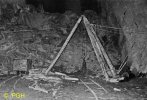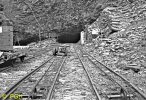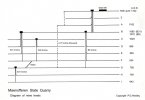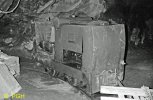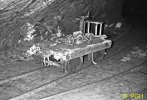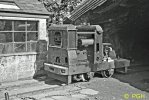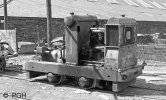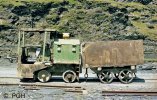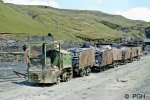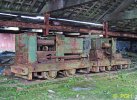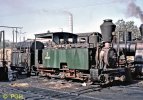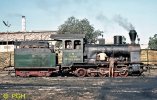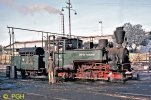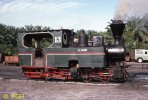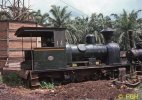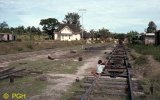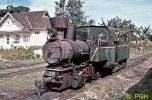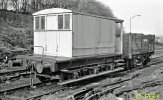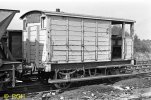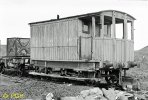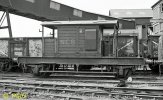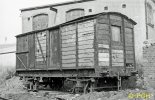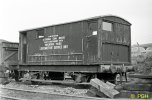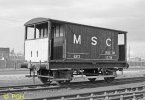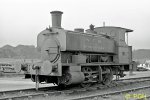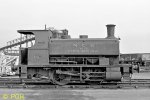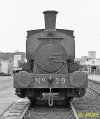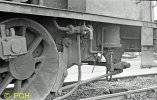PhilH
Western Thunderer
On the July 1978 visit I took 8mm cine film of the operation from slate blocks being hauled out of the mine to finished slates being despatched down the incline. At the same time there was a professional crew also filming and they appear occasionally in my film. I've seen their results at the Llechwedd Quarry Tours visitor centre, so it may have been commissioned by them for that purpose.
Transferring the 8mm film to digital format has been on the 'to do list' for a long time, and still remains there ! As a backup when I send it away I made a copy by playing the film on a screen and recording it from the screen on a digital camera, this is what you can see now. So excuse the quality it should be a little bit better when I eventually get it professionally transferred, but at least for now it should give some idea of the operation of the system.
Note for potential modellers of similar slate quarry railways, there is quite a lot of manual haulage and changing points by foot, hand or bashing with a piece of metal which might be difficult to emulate in model form !
Transferring the 8mm film to digital format has been on the 'to do list' for a long time, and still remains there ! As a backup when I send it away I made a copy by playing the film on a screen and recording it from the screen on a digital camera, this is what you can see now. So excuse the quality it should be a little bit better when I eventually get it professionally transferred, but at least for now it should give some idea of the operation of the system.
Note for potential modellers of similar slate quarry railways, there is quite a lot of manual haulage and changing points by foot, hand or bashing with a piece of metal which might be difficult to emulate in model form !
Last edited:


